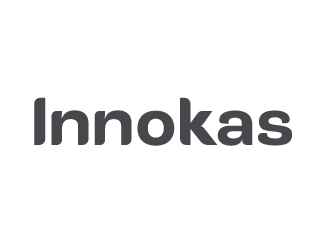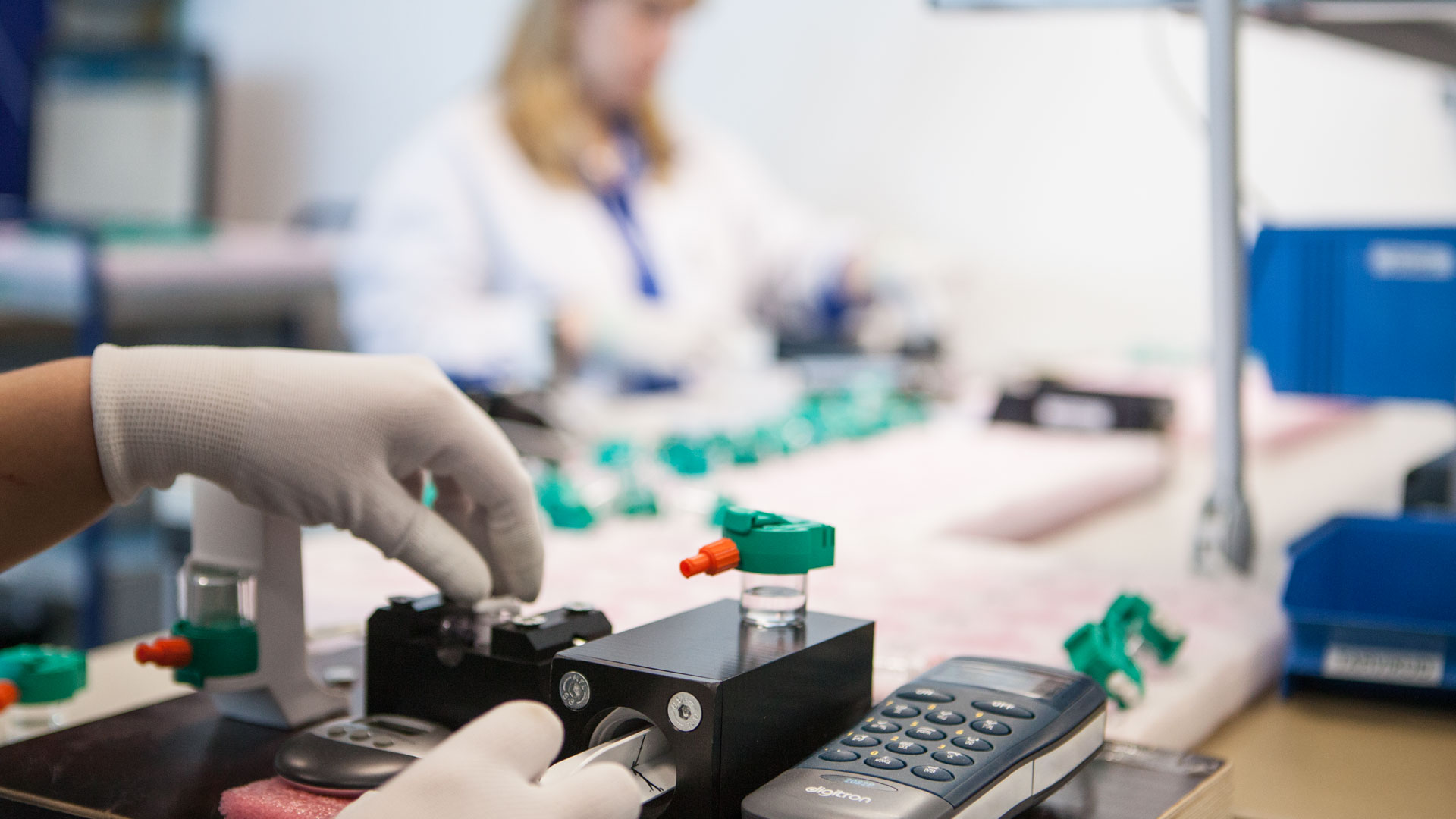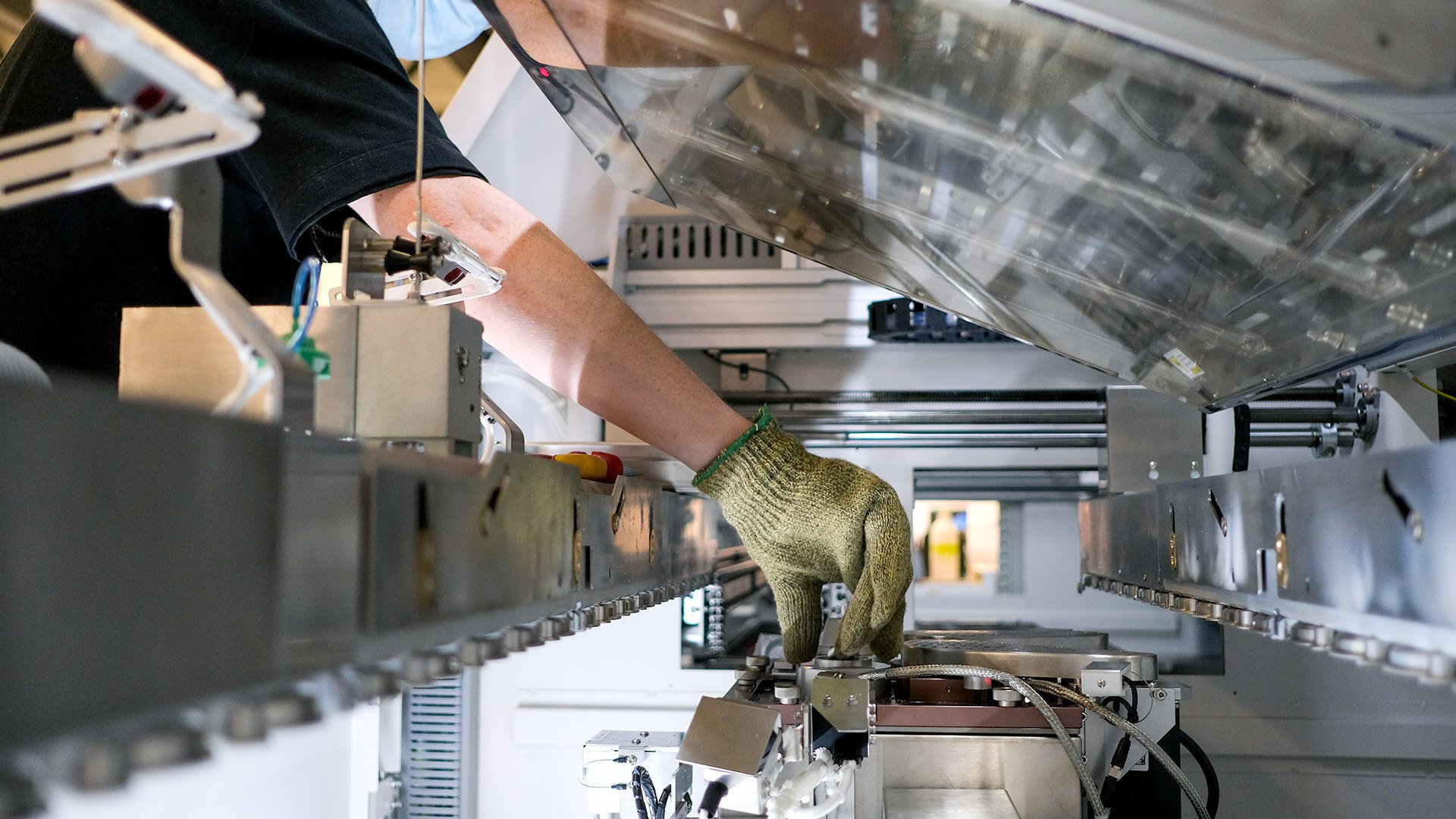Bringing a medical or an IVD device to market can be a nightmare of confusing regulatory standards and regulatory authority certifications that must be complied with and which must be integrated into the design and production of the device. Taking all the national and international quality and other regulations into consideration is time-consuming – and it requires considerable expertise.
In other words, in the medical device business, it is not enough to have just a good end-product; the development and production processes also have to fulfill very demanding criteria. Standards and regulatory requirements are very strict and complicated as well as very controlled, both in Finland and in international markets. But why is it so? Why are rules and regulations needed in medical business, and why it is that important to follow and meet them? Well, there really is quite simple and practical reasons for this.
Potential benefits must outweigh potential risks
One clear reason for the importance to follow and meet the rules and regulations, which maybe came up already to your mind, is that if you won’t meet them you’re not able to enter the certain market you’re trying to enter in. In other words, you cannot market and sell your device if it does not fulfill the needed criteria.
But the actual reason is not that simple. There’s a reason for that, too, why you cannot enter the certain market unless you haven’t followed the rules – in other words, why are rules and regulations even needed in this field. The main purpose of enforcing standards and regulations in the medtech and healthtech sector is to protect both the patients and the users by ensuring the safety and effectiveness of the devices. This is actually the most important aspect in the quality assurance process in medical business. There must be confirmation that the potential benefits outweigh the potential risks.
The way to avoid patient injuries or even deaths
We can see the importance of this mandatory obligation if we look at this through one very simple example: a seriously ill patient may be unconscious or have impaired function, which makes that patient incapable of reacting to the hazards caused by a dangerous device. In addition, the device must also work flawlessly in an environment that can sometimes subject the appliance to abnormal usage.
One important specification, among others, is the need to design and manufacture a device that will not affect or be affected by other devices in a working clinical environment, especially when those devices are used in the home environment. The risk management is something that must be recognized as well. If things go wrong, it can cause patient injury or even death.
Know and follow the regulations related to each life cycle phase
It’s therefore quite clear why the device needs to be perfectly suitable for its intended use and why following standards and regulations is mandatory for companies in the field. It contributes straightly to ensuring the safety of patients and to avoiding the serious consequences it may otherwise cause in hospitals or home care. Therefore, one of the key elements in medical device development is that there cannot be any compromises made with the safety and effectiveness of the devices developed.
The aim is to follow and fulfill all the requirements and standards specified for the device. Companies need to understand also that in order to ensure the safety and effectiveness of medical devices, the regulations have to be taken into account through the entire product life cycle. Already from the very early product specification and component selection phase to sales approvals, production processes, supplier control and even after-sales services, it is mandatory to know and follow the regulations related to each phase. Also the documentation needs to be done with high quality and proven traceability. In other words: the rules and regulations define how we in medical business operate, every single day.
But what kind of requirements we need to meet during different stages of the medical device life cycle to develop a device, which is safe, effective and perfectly suitable for its intended use? To answer that, we've now created a free package for you including insights on how to ensure the quality compliance of medical devices throughout the whole medical device life cycle. It shows an illustrated outline of the stages in developing your idea into a worldwide selling product in the medtech/healthtech sector. Please download your free white paper below!











